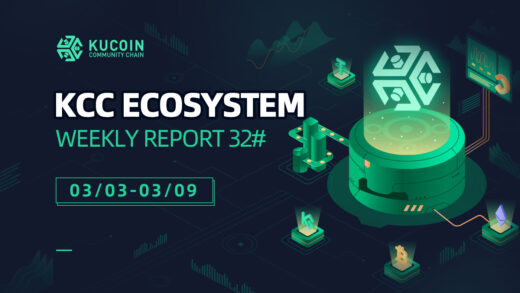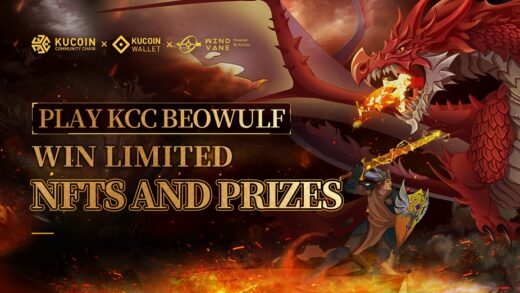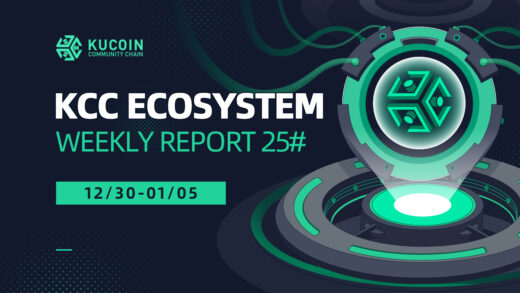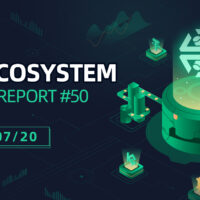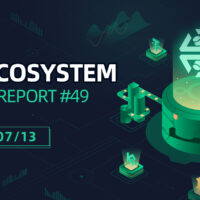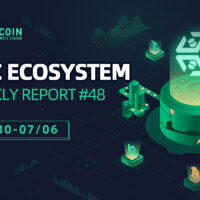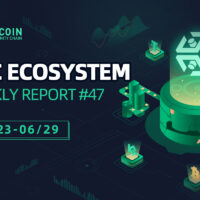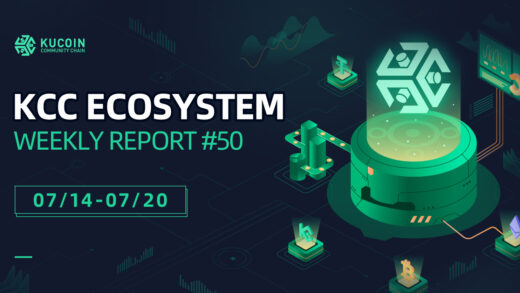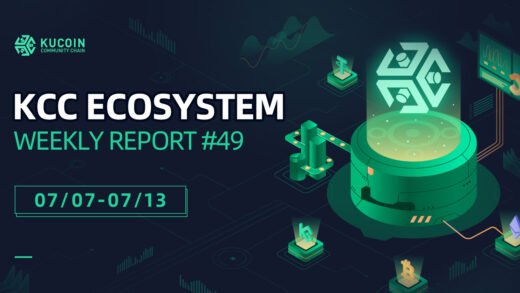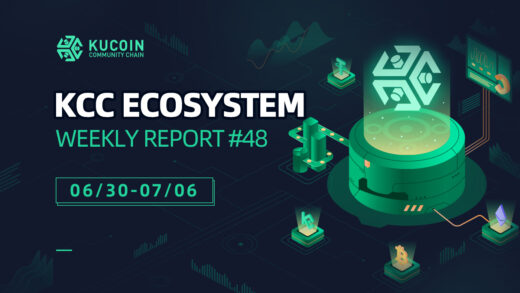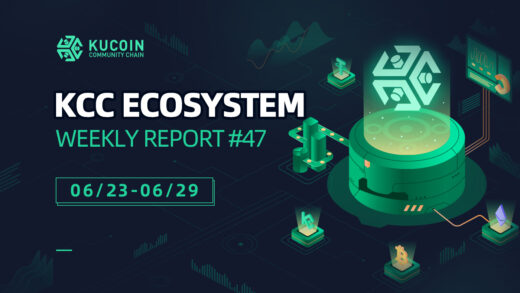October 15th, 2022, Cedric, the BD manager of KCC was invited to join an NFT Fireside Chat hosted by USC and made a great talk. Here is the recap of Cedric’ presentation.
Question 1: Introduce yourself & company
Cedric: I’m Cedric, Business Development Manager of Kucoin Community Chain (KCC) in America and the EU Region. I came from a background in public policy and international relations.
Our “company”, KuCoin Community Chain (KCC), is a Layer1 protocol, backed by KuCoin Exchange and KuCoin community. We support and incubate innovative projects worldwide. KCC is governed by GoDAO.
As a KCC GoDAO member, my mission is to contribute to the web3 movement by supporting the dev community with KuCoin’s community and trading ecosystem.
Question 2: Explain what NFT is and what its utility around it is.
Cedric: The value of NFTs is not as noticeable when you look at them alone.
We need to look at what’s developed on top of it. NFTs are uniquely identifiable digital files that naturally provide a public certificate of authenticity and proof of ownership on-chain. Which means the value of NFTs lies within their functionality.
NFTs can serve as infrastructures for digital art, infrastructures for Profile picture collections like the famous Crypto Punk and Bored Ape Yacht Club, and infrastructures for virtual land. They can also act as infrastructures for Games with NFTs like StepN, they can be marketing tools for brands like Nike and Adidas, and they can be mainnet domains like SpaceID, and Ethereum Name Service. They can also be infrastructures for Defi liquidity mining as proof of participation.
So in brief, NFTs are infrastructures for a whole set of innovations, and I think their core value lies in the possibility of true data ownership without intermediaries.
Question 3: As the industry has cooled down from PFPs, what do you think would be the trend for NFTs?
Cedric: Domain Names, Music NFTs
Traditionally record labels act as the VCs of their artists, and they also control the distribution outlet. Because they have distribution relationships with retailers and streaming websites.
Crypto cuts off the middle-men and democratizes risk sharing. Artists could raise funds from their fans directly with music NFTs and social tokens, sharing future economic returns with their fans instead of music labels.
Programmable NFTs
Like adaptable NFTs, we can launch a set of collectibles that can adapt to a situation and change. For example, my NFT avatar can wear specific merchandise during specific promotions or when attending a particular event.
Question 4: What are the factors for mass adoption? What do you think are the barriers facing the industry?
Cedric: To be honest, buying NFTs on NFT marketplaces like element or opensea for curious new users is not easy.
You need to first buy actual crypto assets from actual crypto exchanges, not on Robinhood, but with exchanges that let you actually own these assets, like Coinbase, KuCoin, or BitMart. Then you need to figure out how to set up a decentralized wallet. Then you have to figure out how to transfer assets, like Etherium from exchanges to decentralized wallets via different chains, which is quite complicated for me frankly when I was figuring it out the first time. Then you can trade your Ethereum, bnb, or KCS for NFTs.
This long process is not even taking into account the time it takes for you to figure out this way to do it in the first place. So for mass adoption, we need to break these barriers, while maintaining the benefits that come with the NFT infrastructure.
Question 5: What are the ways to get involved in web3? Where do you get your information to be more educated about the space?
Cedric: I would say start by getting involved in interesting NFT communities and practice buying some NFTs, but only with money you can afford to lose.
Once you figure you want to be more involved, join us, join SpaceID, HypeX, or start an NFT project on Ethereum or KCC. We’ll support you with audiences and community.
For NFTs Twitter for sure willing to pay Data/research sources like Nansen is a good place to find good resources.
Question 6: What is your take on a multichain world?
Cedric: I think different chains serve different purposes for the final mass adoption of blockchain technology, and a decentralized future of web3.
Ethereum is the most dominant chain, fully decentralized and where most developer communities are at.
L1 EVM chains backed by exchanges like KuCoin Community Chain are user community hubs that can support projects to prosper with our community and the trading ecosystem. Many of these users on those chains probably have never used any on chain decentralized product before. So L1 EVM Chains are more developer friendly and function to help bring in freshblood into WEB3.
Efficiency Chains like Solana, Aptos, and SUI focus on performance and efficiency, with some trade off on decentralization.
And we have Cosmos, with Tendermint consensus, they want to support independent sovern blockchains for different developers.
So I think many L1 protocols will play their own part in this web3 movement, that’s my take on a multichain web3 world.
Question 7: What’s your favorite NFT collection & why?
Cedric: Mfer, the one I used for my profile pic for this Panel.
First of all, I love the art, with a positive vibe but also a “don’t fuck with me” vibe and the “it’s web3 i do what i want vibe.”
Also I love the community, no king, no ruler, no defined roadmap–and mfers can build whatever they can think of with these mfers.

